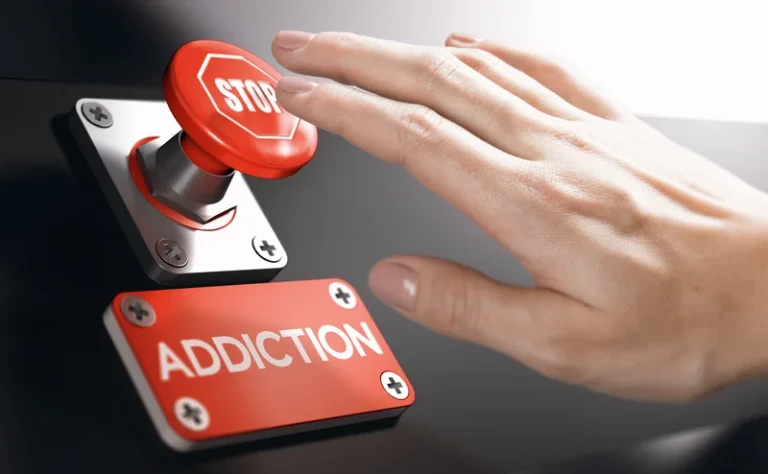
Strong (1968) argued that when a therapist provides opinions that are discrepant from the client’s, the client experiences dissonance. The client may reduce this dissonance by derogating and discrediting the therapist. When the therapist is perceived as an expert, this reduces the client’s ability to discredit the advice given and enhances the likelihood of attitude change in direction of the therapist’s message. In individuals with a preference for social hierarchies, dehumanisation by ridding animals of mind and, therefore, moral worth [29] allows their conception as an out-group and subsequent exploitation [6]. For example, those who support animal experimentation endorse a greater mental divide between humans and other species [9,30].
- Cooper and Axsom (1982) suggest that effort justification is a common ingredient in psychotherapy.
- Several methods are used to produce cognitive dissonance and are at the core of every DBI program.
- Members are also taught emotion-stopping techniques — especially to block feelings of homesickness, frustration towards leadership, illness, distress, and doubts.
- However, Festinger’s Cognitive Dissonance Theory (Festinger, 1957) states that if one does something that contradicts this cognitive state, it will cause a dissonance, meaning a state of tension or arousal.
- This reduces your guilt and helps you bridge the gap between your love of animals and your diet.
- Cognitive dissonance theory proposes that people seek psychological consistency between their expectations of life and the existential reality of the world.
A Theory of Cognitive Dissonance – Leon Festinger
- Cooper and Axsom report research using experimental designs with college students interested in weight control that reveal support for this dissonance explanation of therapeutic outcome.
- You’ve always had pets and, whenever possible, purchase products that aren’t tested on animals.
- Your behavior contradicts not just the beliefs you have about the world, but also the beliefs that you have about yourself.
- The inconsistency between what people believe and how they behave motivates them to engage in actions that will help minimize feelings of discomfort.
- His work on Social Comparison Theory, Cognitive Dissonance, and other phenomena have made him one of the most well-cited psychologists in modern history.
Cognitive dissonance theory, which was founded by American social psychologist Leon Festinger in 1957, states that cognitive dissonance drives people to resolve the conflict between truths and behaviors that don’t match one another. This can mean either changing behavior or ignoring the truth to avoid discomfort. The reasons for this enhancement include increased motivation on the part of the client and a more positive view about the likelihood of therapeutic success. Feelings of personal choice and responsibility are at the core of these reasons, and they represent essential https://ecosoberhouse.com/ conditions for dissonance to occur; people must feel that they had choice and were responsible for the action that led to the dissonance. Cooper and Axsom report research using experimental designs with college students interested in weight control that reveal support for this dissonance explanation of therapeutic outcome. Only participants in a condition involving high dissonance (expenditure of effort via exercise and choice in this type of effort) showed weight improvement relative to comparison conditions involving different approaches to weight control.
Predictive dissonance model
For example, Festinger explains that a smoker might cope with the discrepancy between their knowledge (that smoking is bad) and their behavior (that they smoke) by quitting. In other words, it seems that everyone does experience dissonance from time to time—but what causes dissonance for one person might not for someone else. However, if a person finds cognitive dissonance and addiction that they have difficulty stopping a behavior or thinking pattern that is causing them distress, they can seek support from a qualified healthcare professional, such as a primary care doctor or therapist. If that same person believes the COVID-19 pandemic is real but refuses to wear a mask, their values and behaviors would contradict each other.
Consider the importance of dissonant thoughts
But you also enjoy eating meat, though you know some animals are kept in inhumane conditions before being used for meat. You feel guilty but can’t afford to buy meat from pasture-raised or grass-fed animals. Learn to bridge the gap between values and actions to combat cognitive dissonance. Learn practical realignment and personal growth steps that will help create positive change. This is particularly true if the disparity between their beliefs and behaviors involves something that is central to their sense of self. Dissonance can also be experienced vicariously through people of a social group that we identify with.
Changing Behavior

How to resolve cognitive dissonance

- As an alternative to this misery, John can change his beliefs or attitudes.
- Cognitive dissonance may help you make positive changes in your life, but it can also be destructive, especially when you look for ways to rationalize and continue harmful behaviors.
- Or, he may claim that it is a stress-buster for his high-profile job that mentally exhausts him.

